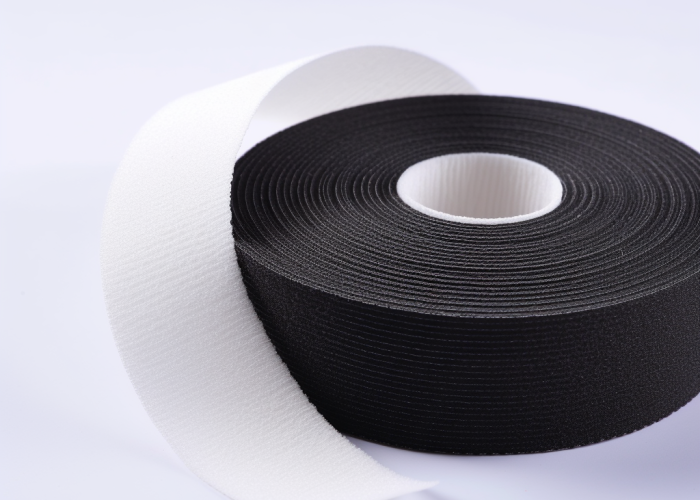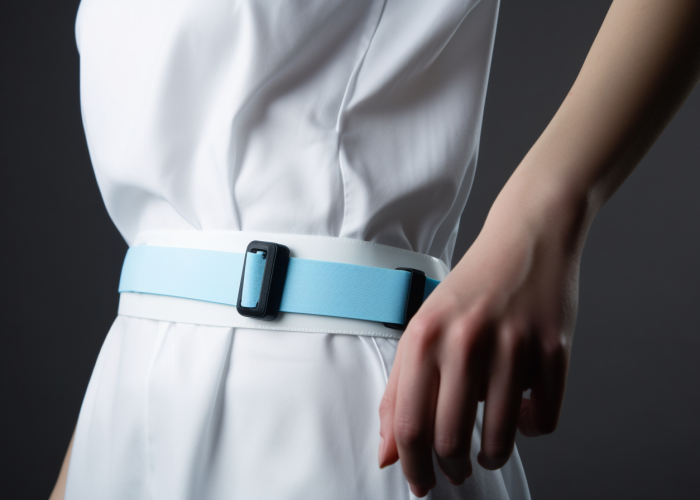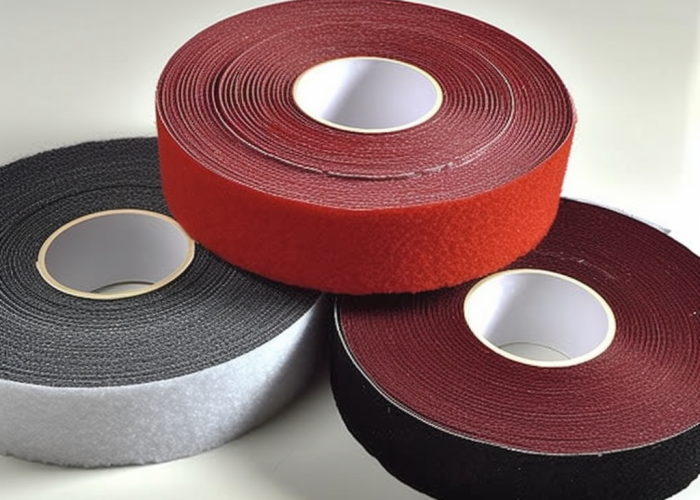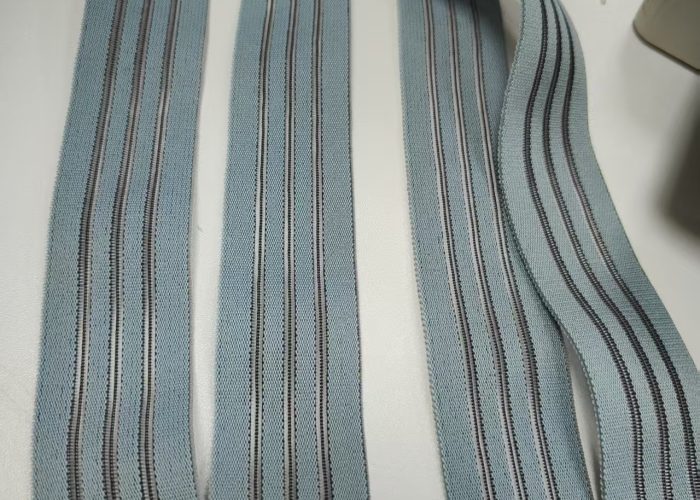As specialized webbing manufacturers, we create custom low pile strap solutions for medical product developers facing unique fastening challenges. Our manufacturing expertise helps clients develop medical-grade fasteners that meet rigorous standards while addressing specific application needs.
Low pile straps are preferred in medical applications for their superior hygiene, non-allergenic properties, reliable attachment, and equipment compatibility while providing necessary adjustability. These specialized fasteners balance secure attachment with gentle patient contact, with customization options for various medical units from imaging departments to wound care.
Discover how low pile straps perform in medical use, integrate with equipment, and meet healthcare standards through expert, customized manufacturing solutions.


Webbing manufacturing expert with 15+ years of experience helping product developers build high-performance straps for industrial, medical, and outdoor use.
Low pile attachment systems are reliable in medical settings because they provide consistent closing strength across multiple uses while maintaining a secure connection even during patient movement. This mechanical fastening approach offers predictable performance through repeated sterilization cycles, ensuring device security in critical care situations.
At-a-glance reliability benefits:
Low pile fastening systems work through mechanical engagement rather than adhesives that can degrade or leave residue. This fundamental difference ensures reliable operation in dynamic healthcare environments where device security cannot be compromised.
The engineered hook structures create multiple contact points with the loop material, distributing pressure evenly and minimizing stress concentrations. This design provides excellent resistance to accidental disengagement while still allowing intentional detachment when needed, balancing security with accessibility for medical staff.
Testing confirms that quality medical-grade low pile straps maintain up to 95% of their original holding power even after multiple sterilization cycles. This consistency is crucial in applications where performance degradation could compromise patient safety or equipment functionality.
Low pile straps meet medical hygiene requirements through washable construction, sterilization compatibility, and available antimicrobial treatments. These specialized materials maintain cleanliness standards while preserving functionality after repeated cleaning cycles.
At-a-glance hygiene benefits:
Medical environments demand exceptional cleanliness to prevent cross-contamination. The short fiber construction of low pile straps significantly reduces surface area where contaminants can collect, naturally supporting infection control protocols in healthcare settings.
Medical-grade low pile straps withstand harsh cleaning regimens while maintaining functional integrity. For applications requiring the highest hygiene standards, specialized manufacturing processes can produce straps with sealed edges via ultrasonic welding or folded binding, eliminating fraying and crevices where contaminants might accumulate.
Quality control protocols verify that medical-grade low pile straps maintain their hygienic properties throughout their service life, ensuring consistent performance in demanding healthcare environments.

Non-allergenic materials are essential for medical straps because they significantly reduce the risk of adverse skin reactions in sensitive patients while meeting stringent biocompatibility requirements for direct skin contact. These specialized materials provide safe alternatives for patients with latex sensitivities and other common allergies.
At-a-glance non-allergenic benefits:
Medical strap materials must be carefully selected to minimize allergic reaction risks in vulnerable patient populations. The most advanced medical-grade low pile straps are specifically engineered to eliminate common allergens while maintaining necessary performance characteristics.
Latex-free options are particularly important given the prevalence of latex allergies among both patients and healthcare workers. Premium low pile strap materials utilize synthetic alternatives that provide equivalent functionality without the sensitization risks associated with natural latex proteins.
For applications requiring extended skin contact, hypoallergenic materials undergo additional testing to verify their safety. This rigorous evaluation helps ensure that even patients with compromised skin integrity or heightened sensitivity can safely benefit from devices utilizing these fastening systems.
Low pile straps perform exceptionally well in moisture-rich medical environments due to their water-resistant synthetic fibers, quick-drying properties, and resistance to bacterial growth when exposed to fluids. These moisture management capabilities ensure continued functionality in settings where exposure to bodily fluids or humidity is unavoidable.
At-a-glance moisture performance benefits:
Medical environments frequently expose fastening systems to challenging conditions including bodily fluids, cleaning solutions, and high humidity. The synthetic fibers used in quality low pile straps are specifically selected for their inherent resistance to moisture absorption, typically absorbing less than 5% of their weight in water.
This minimal absorption translates to quick-drying performance that significantly reduces the window of opportunity for bacterial proliferation. Unlike conventional textiles that may remain damp for extended periods, low pile straps return to dry condition rapidly, maintaining a more hygienic state between uses.
Performance testing confirms that premium medical-grade low pile straps retain approximately 85-90% of their dry closure strength even when wet. This reliability ensures that devices remain securely fastened even in moisture-rich environments like wound care applications or high-humidity treatment rooms.

X-ray equipment, CT scanners, and patient monitoring systems benefit significantly from low pile straps due to their radiolucent properties, minimal signal interference, and ability to secure sensitive equipment without risking damage. These fastening solutions integrate seamlessly with diagnostic and monitoring equipment without compromising image quality or data accuracy.
At-a-glance equipment benefits:
Imaging equipment presents unique challenges for securing components and positioning patients. Premium low pile straps offer excellent radiolucent properties, allowing X-rays to pass through with minimal attenuation or interference. This transparency ensures that the fastening system doesn’t create artifacts or shadows that could compromise diagnostic accuracy.
CT scanners and other sensitive diagnostic equipment benefit from the non-conductive and low-interference properties of quality low pile straps. These characteristics prevent electrical interference that could disrupt sensitive measurements or introduce noise into diagnostic readings.
Patient monitoring systems require secure attachment of sensors while maintaining patient comfort during extended wear. The adjustable tension and skin-friendly properties of medical-grade low pile straps make them ideal for these applications, providing reliable sensor contact without causing pressure injuries during prolonged use.
Low pile straps are used in patient care applications for secure positioning during transfers, reliable support in orthopedic braces, and controlled compression in wound care dressings. These versatile fastening solutions provide the adjustability and comfort required for direct patient contact while maintaining necessary security for critical care procedures.
At-a-glance patient care applications:
Patient transfer and positioning represent one of the most common applications for medical-grade low pile straps. The controlled adjustability allows healthcare providers to secure patients safely during transfers between beds, gurneys, and imaging tables, reducing fall risks while maintaining patient dignity and comfort.
Orthopedic supports and braces benefit from the precise tensioning capabilities of quality low pile straps. These fastening systems allow for custom fitting to individual patient anatomy, ensuring optimal therapeutic positioning while accommodating changes in swelling throughout the healing process.
Wound care applications require particularly gentle yet secure fastening to maintain dressing position without compromising circulation or causing additional tissue damage. Advanced low pile straps with sealed edges via ultrasonic welding provide the clean, trauma-free attachment needed for these sensitive applications.

Medical-grade low pile straps offer temperature resistance ranging from -20°F to 250°F (-29°C to 121°C) depending on the specific grade, with standard medical options typically withstanding autoclave sterilization temperatures up to 250°F (121°C). This thermal stability ensures performance integrity throughout sterilization processes and during use in various medical environments.
At-a-glance temperature properties:
Temperature resistance represents a critical specification for medical-grade fastening systems that must withstand sterilization processes. Standard medical-grade low pile straps are specifically engineered to maintain structural integrity through multiple autoclave cycles at 250°F (121°C), ensuring continued performance after sterilization.
For applications exposed to temperature extremes during use, specialized grades offer extended resistance ranges. Industrial-grade options provide enhanced performance in both high and low-temperature environments, making them suitable for medical equipment used in extreme conditions.
Material selection plays a crucial role in temperature performance, with advanced synthetic fibers offering superior thermal stability compared to conventional alternatives. This stability translates to consistent closure strength and reliable performance across the entire operating temperature range.
Customization options for medical applications include specialized colors for department identification, varying widths and lengths for specific equipment, and enhanced functionality features such as antimicrobial treatments or radiopaque markers. These tailored solutions address the unique requirements of different medical units while maintaining compliance with relevant healthcare standards.
At-a-glance customization options:
Color customization serves a vital function in medical environments, enabling quick visual identification of department-specific equipment or indicating particular functions. This visual coding can improve workflow efficiency and reduce the risk of cross-contamination between departments.
Size customization ensures optimal fit and function for specific medical applications. Custom widths and lengths allow for precise integration with existing equipment designs, while specialized shapes can address unique attachment challenges in complex medical devices.
Enhanced functionality features address specific clinical needs. Antimicrobial treatments provide additional protection in high-risk environments, while radiopaque markers enable fastener visibility during imaging procedures—a critical safety feature for certain surgical and interventional applications.
Low pile straps provide essential performance characteristics for medical applications through their hygienic properties, non-allergenic materials, reliable attachment, and equipment compatibility. Our manufacturing capabilities enable custom solutions with specialized features like antimicrobial treatments, ultrasonic sealed edges, and department-specific color coding—all designed to meet your product’s unique requirements while maintaining compliance with medical industry standards.
Yes, medical-grade low pile straps are specifically designed for safe skin contact with non-allergenic and latex-free material options. These materials undergo biocompatibility testing to ISO 10993 standards to ensure they don’t cause irritation or sensitization, making them suitable for use with patients who have sensitive skin or latex allergies.
Medical-grade low pile straps typically comply with ISO 13485 for manufacturing processes and ISO 10993 for biocompatibility testing. Additional standards may include REACH compliance for chemical safety, flammability ratings per NFPA guidelines, and specific hospital procurement standards for infection control and sterilization compatibility.
Low pile straps offer superior adjustability, reusability, and patient comfort compared to alternatives like adhesive tapes, snaps, or zippers. Unlike adhesives that lose effectiveness with moisture or leave residue, and unlike rigid fasteners that create pressure points, low pile straps maintain consistent performance in varied conditions while distributing pressure evenly across their attachment surface.
Yes, low pile straps can be fully customized for proprietary medical devices with options for specialized dimensions, backing materials, and performance characteristics. Custom manufacturing capabilities include proprietary color matching, printed branding, specialized closures for unique applications, and development of application-specific material compositions to meet particular regulatory requirements.
Quality medical-grade low pile straps maintain 90-95% of their original fastening strength for approximately 1,000-3,000 cycles depending on grade and application. Premium options with reinforced hook structures and optimized loop materials offer extended lifecycle performance, maintaining consistent closure strength through multiple sterilization procedures.
While premium medical-grade low pile straps have a higher initial cost than basic fasteners, they deliver significant value through longer service life, reduced replacement frequency, and lower risk of device failure. The improved patient experience and reduced liability risk further enhance their value proposition, with many manufacturers reporting overall cost reductions of 15-20% over product lifecycles.